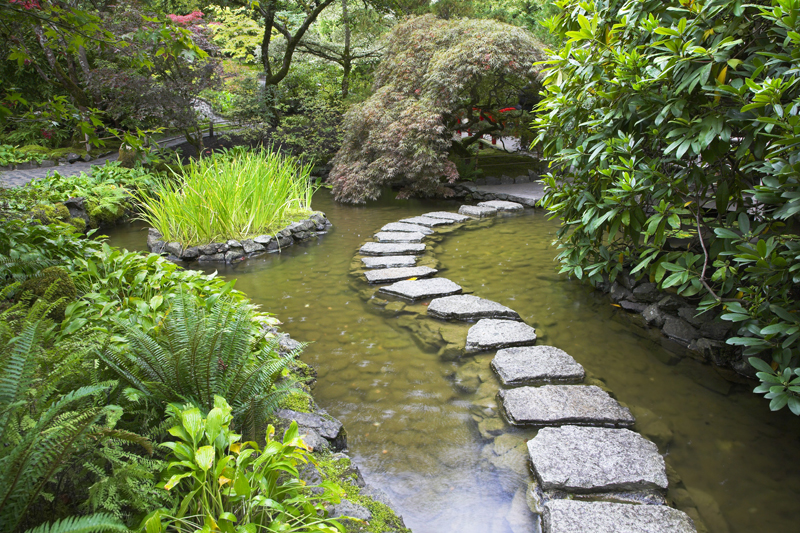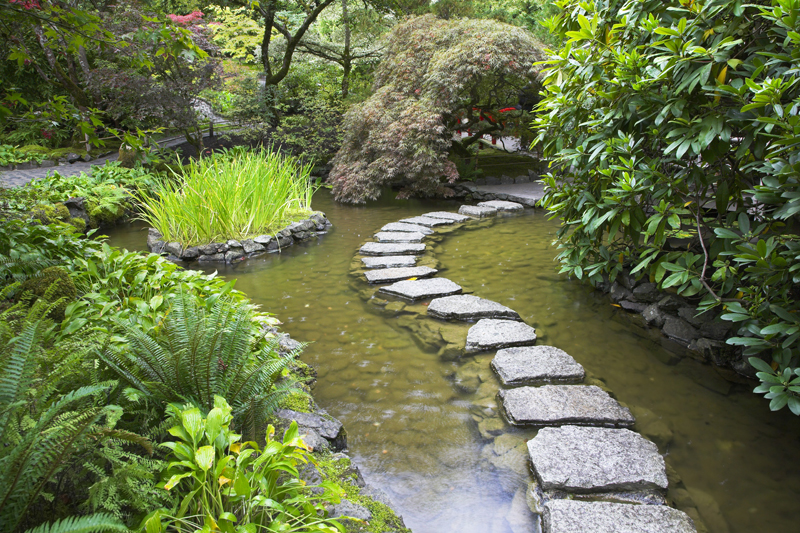Hackberryy

Hackberry or common hackberry is a tough tree that can be used for windbreaks and shelterbelts. It is a member of the elm family.
This plant is native to much of the country, including the Rocky Mountains and along the Atlantic. This also is native from Texas and Alabama to North Carolina up to Canada.
It is also native to the North Central states, the Northeast, and the Northwest. The plant is recommended for zones 3 through 8.
Reasons to grow Hackberry
Hackberry is a deep rooted tree that is a great choice for the Plains and the Midwest. It has been planted as a street tree, shade tree and avenue tree. It is a versatile tree that can withstand wind, somewhat wet soils, alkaline soils, dry areas, and both cold and hot climates.
The tree adapts to all soil types, including poor ones and a range of pH levels from acid to alkaline. It can withstand very strong winds and is very resistant to pollution, dust, and smoke.
Hackberry is a marvelous addition to the landscape because the roots don’t harm buildings, pavement, lawns, or streets. It provides moderate shade.
Description of Hackberry
Hackberry can reach 100 feet in height in the wild. However, in landscapes it is typically 30 to 70 feet in height with a spread of 20 to 70 feet. When grown in the Midwest, this tends to be smaller.
When grown in forests, hackberry will have a round crown and be taller than those growing in landscapes. This tree has spreading branches that can be pendulous.
The attractive bark has cork-like warts and vertical ridges.
The oblong, partially toothed leaves are 5 to 12 inches long. The foliage appears late in the season. They’ medium green with a coarse texture. The foliage provides some yellow fall color.
The whitish-green blossoms appear in early spring.
The berry-like fruits ripen to blackish-purple in late summer and fall. These are shaped like miniature pears.
They aren’t terribly showy. About 1/3 inch long, these have a pleasant flavor and are enjoyed by humans and birds.
Problems with Hackberries
The species is very prone to witch’s broom, which is not lethal. However, this condition, which is caused by a mite, results in disfiguring galls that develop. Gardeners can prune the affected area if desired.
Otherwise, there are no known treatments that can eliminate or control the insect. A resistant variety is available. Known as Prairie Pride hackberry, it has a uniform shape.
Growing Hackberries
Hackberry does well in full sun and light shade. Container plants are recommended because hackberries can be hard to transplant.
Hackberry is a good choice for shrub borders, and naturalizing, particularly in somewhat wet soils.
This plant is native to much of the country, including the Rocky Mountains and along the Atlantic. This also is native from Texas and Alabama to North Carolina up to Canada.
It is also native to the North Central states, the Northeast, and the Northwest. The plant is recommended for zones 3 through 8.
Reasons to grow Hackberry
Hackberry is a deep rooted tree that is a great choice for the Plains and the Midwest. It has been planted as a street tree, shade tree and avenue tree. It is a versatile tree that can withstand wind, somewhat wet soils, alkaline soils, dry areas, and both cold and hot climates.
The tree adapts to all soil types, including poor ones and a range of pH levels from acid to alkaline. It can withstand very strong winds and is very resistant to pollution, dust, and smoke.
Hackberry is a marvelous addition to the landscape because the roots don’t harm buildings, pavement, lawns, or streets. It provides moderate shade.
Description of Hackberry
Hackberry can reach 100 feet in height in the wild. However, in landscapes it is typically 30 to 70 feet in height with a spread of 20 to 70 feet. When grown in the Midwest, this tends to be smaller.
When grown in forests, hackberry will have a round crown and be taller than those growing in landscapes. This tree has spreading branches that can be pendulous.
The attractive bark has cork-like warts and vertical ridges.
The oblong, partially toothed leaves are 5 to 12 inches long. The foliage appears late in the season. They’ medium green with a coarse texture. The foliage provides some yellow fall color.
The whitish-green blossoms appear in early spring.
The berry-like fruits ripen to blackish-purple in late summer and fall. These are shaped like miniature pears.
They aren’t terribly showy. About 1/3 inch long, these have a pleasant flavor and are enjoyed by humans and birds.
Problems with Hackberries
The species is very prone to witch’s broom, which is not lethal. However, this condition, which is caused by a mite, results in disfiguring galls that develop. Gardeners can prune the affected area if desired.
Otherwise, there are no known treatments that can eliminate or control the insect. A resistant variety is available. Known as Prairie Pride hackberry, it has a uniform shape.
Growing Hackberries
Hackberry does well in full sun and light shade. Container plants are recommended because hackberries can be hard to transplant.
Hackberry is a good choice for shrub borders, and naturalizing, particularly in somewhat wet soils.

Related Articles
Editor's Picks Articles
Top Ten Articles
Previous Features
Site Map
Content copyright © 2023 by Connie Krochmal. All rights reserved.
This content was written by Connie Krochmal. If you wish to use this content in any manner, you need written permission. Contact Connie Krochmal for details.



